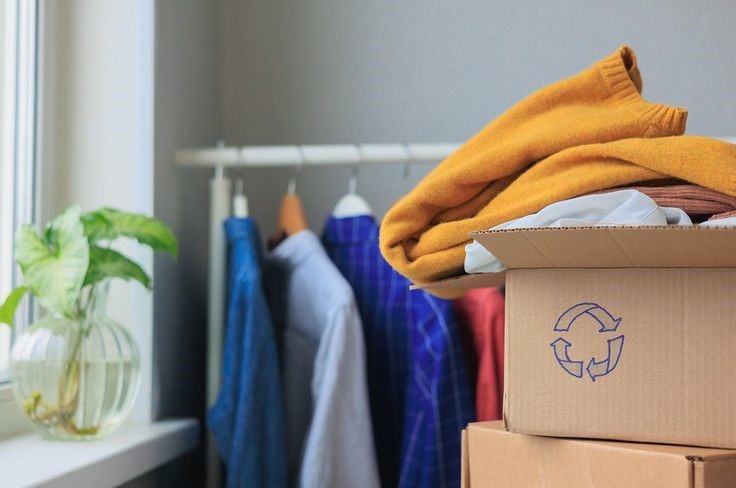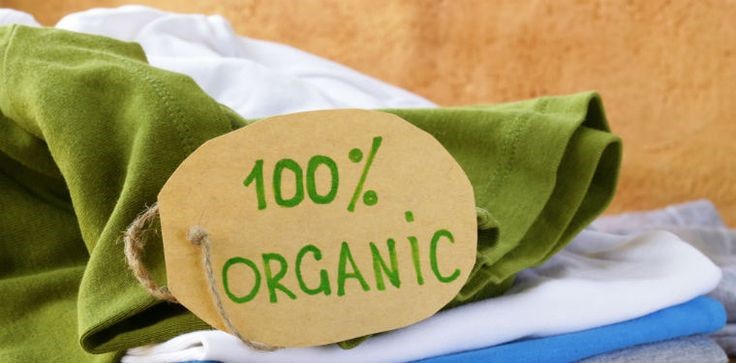The production process in factories works through heavy machines and technology that require energy sources to function. It is dependent on fossil fuels and other energy resources. Apparel manufacturing also works with the same approach as any other factories. As the apparel industry is one of the largest contributors to global warming around the world, there are certain sustainable shifts to improve this situation. There is a transformation from traditional sources of energy to renewable energy in apparel factories. By using renewable sources of energy, it decreases the environmental impact by a good margin and makes way for sustainable apparel production and green manufacturing.

image credit: pinterest
Use Of Renewable Sources Of Energy In Apparel Manufacturing
→ Solar Energy
Factories and manufacturers are now adapting sustainable apparel production by using solar energy for their apparel production machines to function. Solar lights and panels can be installed in apparel factory roofs and in empty spaces. This provides power to the factory and its other departments that need energy for the production process and its functioning. These panels have to be installed in places that have good exposure to sunlight. They can also start with a hybrid model at first and then go for more installations in the future according to requirements for renewable energy in apparel factories.
→ Wind Energy
Factories that have a surrounding area with good wind patterns and force can explore and use wind energy for practicing renewable energy in apparel factories. It can use windmill energy and turbines to create power for their factories manufacturing processes. They can set up a wind farm near the factory to take advantage of this energy resource. Thus, with this, they can have their own energy plan. Wind energy at a time creates and generates a large source of energy that can be sufficient for electricity in factory processes. Hence, have sustainable apparel production and green manufacturing.

image credit: pinterest
→ Energy Storage Solutions
With new technologies and advancements, there are new solutions to store renewable energy in apparel factories. They can use advanced batteries and energy systems to store extra energy for future use. This also allows manufacturers to have constant availability of energy throughout the year. And apparel production can be smoothly completed without any disturbances or hurdles. This stored energy through renewable sources can be used in any season. Even during monsoon season when sunlight is missing or when wind patterns are not constant.
Benefits Of Renewable Energy In Apparel Manufacturing
1. Clean Energy Sources And Less Carbon Emissions
Factories and manufacturers have transformed their practices from traditional methods of using fossil fuels to renewable sources of energy by using solar, wind, and hydropower. This can drastically help to reduce the carbon footprint and emissions caused by apparel manufacturing. Energy consumption is an integral part of apparel manufacturing. It is an important transition to adapt renewable energy and contribute to green manufacturing. As compared to traditional methods that emit poisonous gases and materials in the atmosphere and water bodies, renewable energy in apparel factories causes no harm and maintains sustainability.

image credit: pinterest
2. Long-Term Savings
Adapting renewable energy in apparel factories and manufacturing processes is a high-cost investment of resources and infrastructure, such as solar panels or wind turbines. At first, it comes at a high cost but is a long-term investment. As time passes and awareness and demand for renewable energy increases, the prices for these resources and products made through sustainable apparel production will surely decrease and become affordable for consumers. It will be an economical practice that can be practiced by everyone with an increase in demand and supply.
3. Energy Independence
As apparel factories and manufacturers adapt renewable energy in apparel factories for their production functions, it will reduce its dependency on fossil fuels for energy consumption. This makes factories and manufacturers independent and sustainable with green manufacturing. Renewable energy can be a permanent solution for energy supply in the production process. Thus, it reduces the cost of fuels and also increases energy efficiency, which is safe for the environment.

image credit: pinterest
4. Growing Conscious Consumer Base
Consumers with conscious behavioral patterns and understanding look for brands that practice sustainability and green manufacturing. Thus, apparel manufacturers and brands that are investing in renewable energy in apparel factories are on the profitable side. They are indirectly creating new markets for themselves. With this practice, they match what eco-conscious consumers believe. This creates loyalty among consumers and creates a good reputation for the brand. The renewable energy approach creates a new space for itself in a market full of other fast-paced trends and competitors.
How Does Maker’s Row Provide Help To Brands And Manufacturers?
Transformations and transitions have been almost constant in any industry. Startups and brands, along with manufacturers, need to adapt and understand new trends and practices. Maker’s Row as a platform offers help to brands and makes them collaborate with factories and manufacturers according to their product and service requirements.
And those who are skilled and capable of adapting new practices and trends for their production process. They provide a good list of manufacturers through which brands can make a good decision and select accordingly. They also provide access to various resources for its users to understand better with blogs and videos. And experts who have knowledgeable experience that guide you for a smooth and successful run in industry.

image credit: pinterest
Conclusion
With the amount of positive impact and advantages renewable sources of energy provide to the apparel industry, it will only evolve more in the future. This approach will grow and become more affordable. Renewable energy in apparel factories has great potential if rightly adapted and practiced in the fashion industry. It is an important step towards green manufacturing and sustainable apparel production. It not only helps to create efficient and clean energy but also attracts eco-conscious consumers. It also creates a new space for itself, and the brands and factories that adapt this practice have an upper hand in the market among competitors.
You Can Read More..